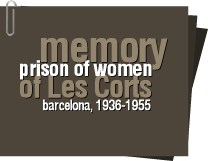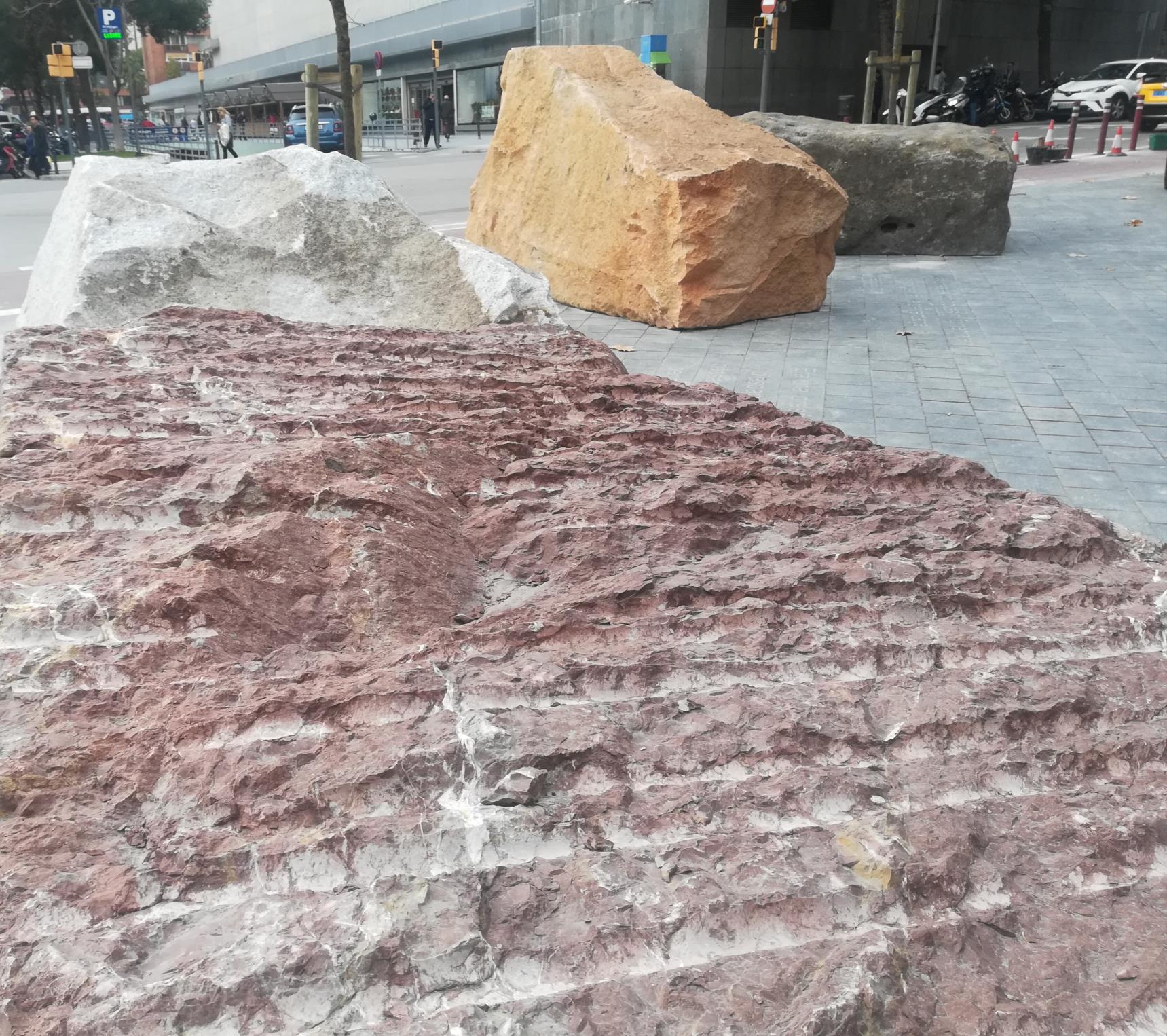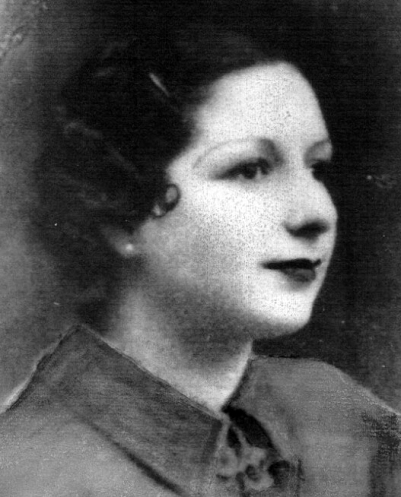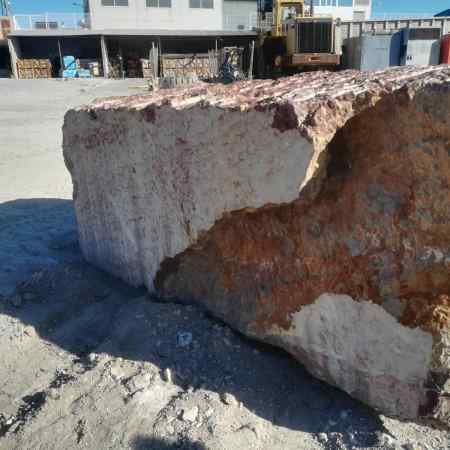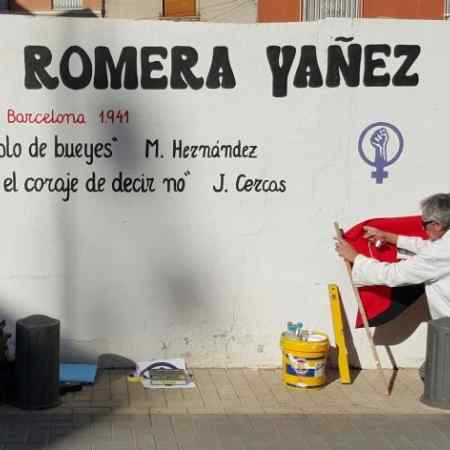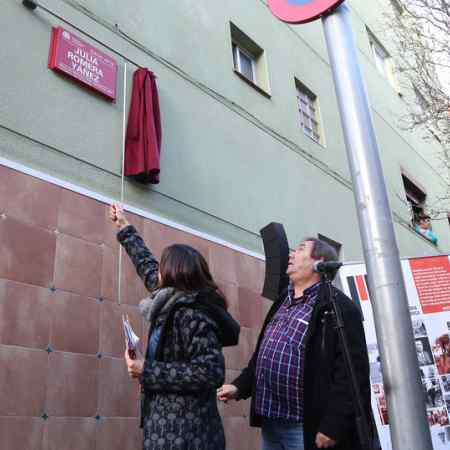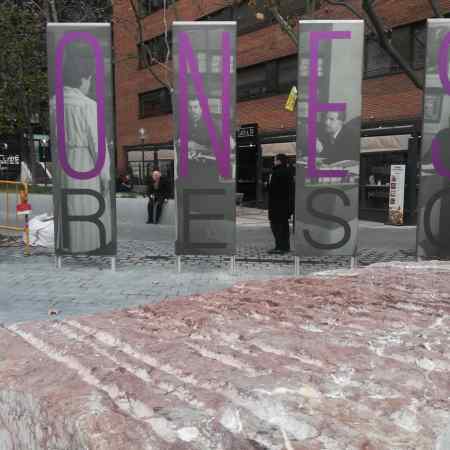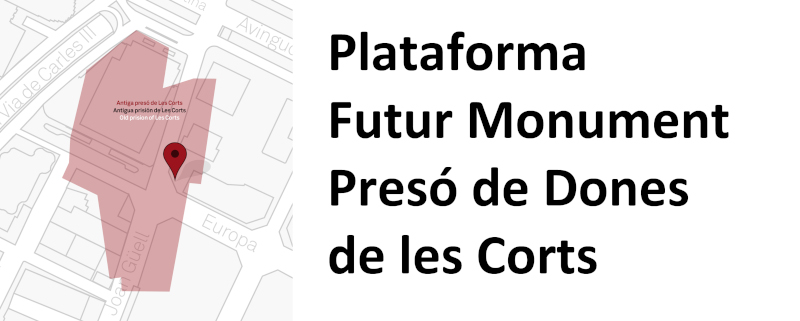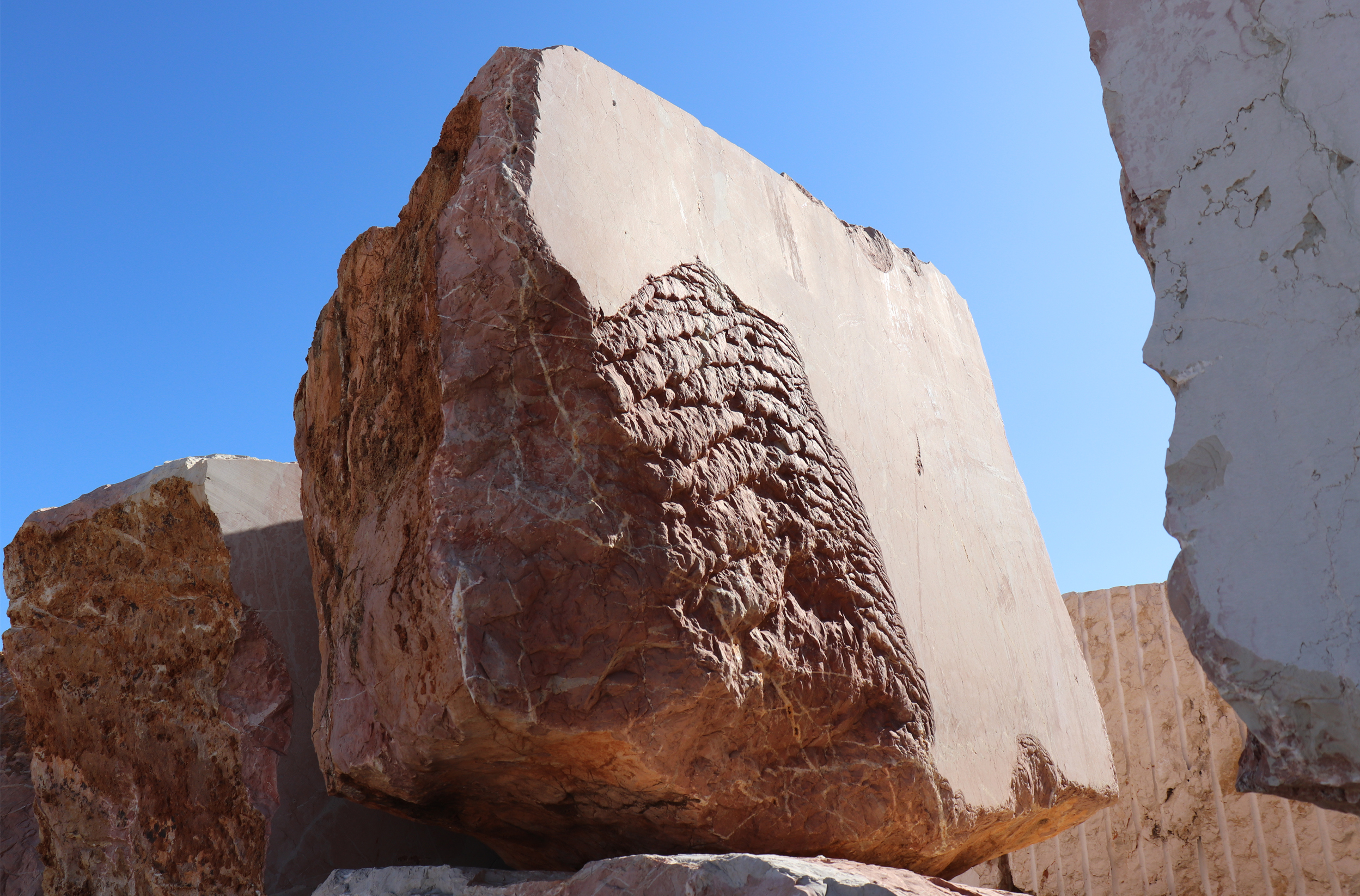
Gender repression
Thousands of women suffered political, physical, moral and sexual repression
LIMESTONE FROM CEHEGÍN (MURCIA)
"ALUMBRA ALUMBRE" ASSOCIATION (MAZARRÓN, MURCIA)
Repression against women during the Franco dictatorship was multifaceted: it covered the political and social levels as well as the morality and sexuality of the individuals. The prisons were full of women notorious for having challenged the prevailing traditional sexual and social roles during the war, on account of both their membership within distinctive female political organisations such as Mujeres Libres (‘Free Women’) or Mujeres Antifascistas (‘Antifascist Women’), and their militant activities behind the lines -in workshops, community kitchens or hospitals-, as the detailed investigations of historian Mary Nash show.
In addition, when women were apprehended for their actions in support of the Republic during the war, the new Francoist authorities were usually keen on draw attention to the fact that they were being charged on “moral grounds”. A non-normative sexual orientation, or any behaviour, within the domestic environment, that was deemed “immoral”, often made for a harsher sentence.
The Alumbra Alumbre association was born in Mazarrón in 2014 with the purpose of recollecting the life stories of the men and women from this town (‘mazarroneros’) who had endured defeat, exile, deportation and repression after the Civil War.
A woman from Mazarrón who had emigrated to Santa Coloma de Gramanet in 1921, Julia Romera Yáñez, was incarcerated in Les Corts prison and died while serving time there. A member of Juventudes Libertarias (Libertarian Youth) during the war, she was arrested in 1939 and given a life sentence. She was 25 at the time of her death, brought about by the combined effects of tuberculosis, the injuries sustained as a consequence of the beatings she suffered inside the prison, and the appalling living conditions inside the facility.
Alumbra alumbre want to pay tribute with the presentation of this red stone , reminiscent of the colour of the alum (‘alumbre’ in Spanish) found in the mines of Mazarrón. The author of her biography, Ángel Sody de Rivas, talks about her in this link.

